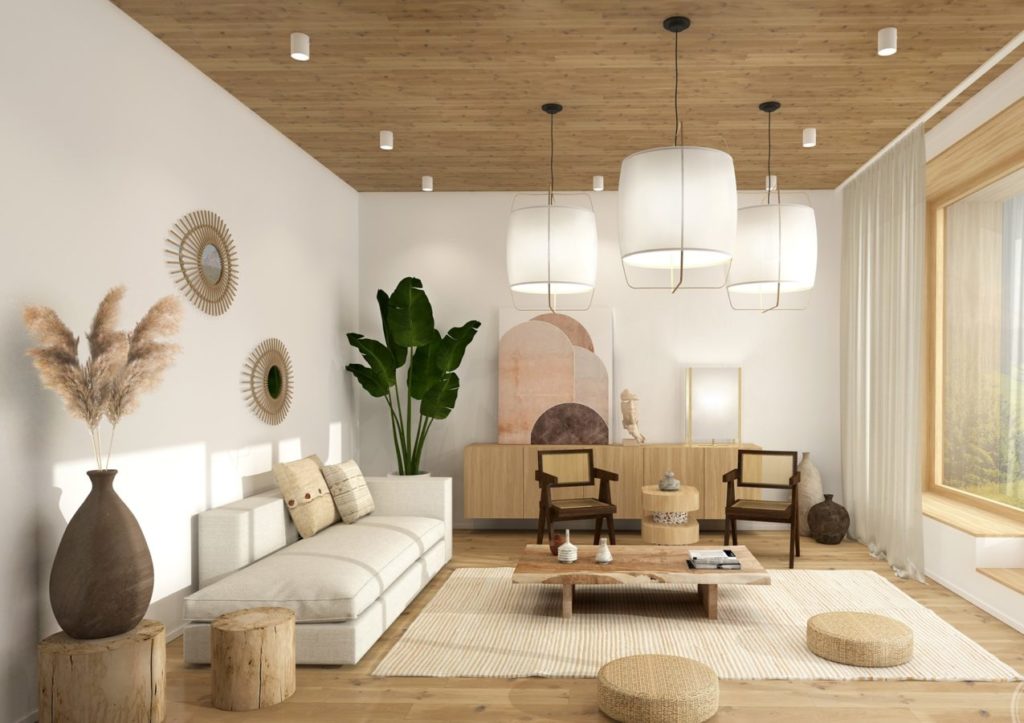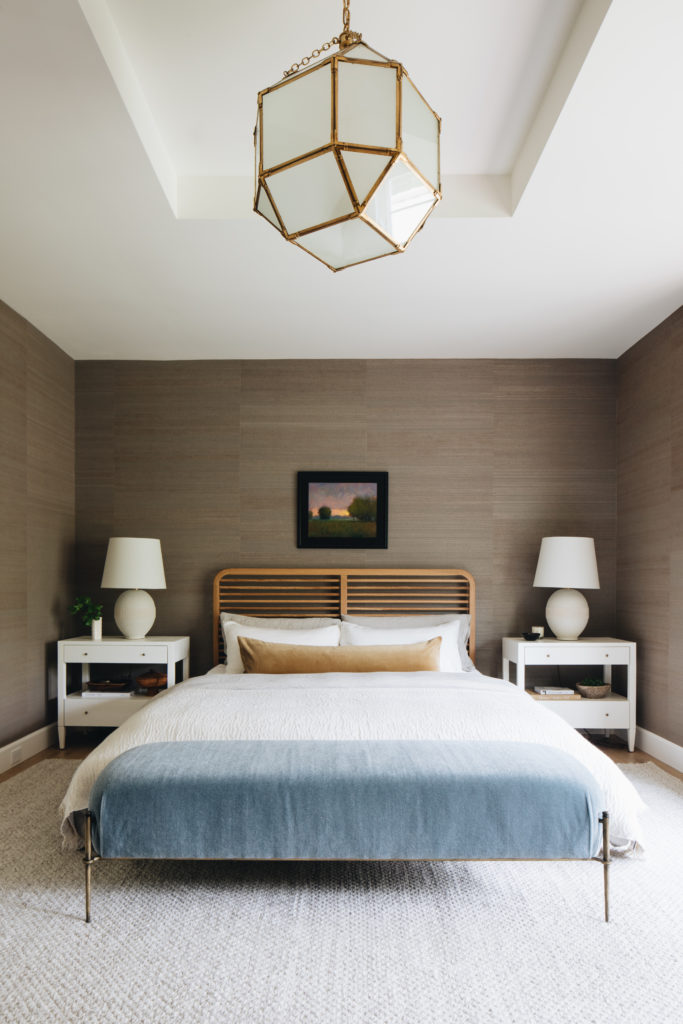By Sue Bady
Fusion has been part of world culture in many ways for many years, showing up in everything from cuisine and music to dog breeding. Foodies rejoice over such options as sushi pizza and pad thai tacos. Jazz has branched off into a multitude of variations as jazz pop and free funk (and let’s not forget that rock ‘n roll is a fusion of blues, gospel, and country music). Those looking for a new best friend can choose from goldendoodles, labradoodles, puggles, cockapoos, schnoodles … the list goes on.
Residential architecture is equally eclectic. The “modern” category alone encompasses modern farmhouse, mid-century modern, and modern industrial. Interior design, too, continues to set trends with new movements such as Japandi, a hybrid of Japanese and Scandinavian decor. Japandi is proving to be popular with home buyers and homeowners who love the rustic, simple look of Scandinavian interiors but also the beauty of traditional Japanese homes.
The essential elements of Japandi
Also known as Japanordic, Japandi blends the clean lines and natural materials of Nordic design with the neutral tones and sober style typical of Japan. The two styles movements share certain similarities, such as minimalism. Light, pastel colors are used on the walls, and furniture is made of natural materials like oak, pine, and acacia. Occasionally, other materials such as leather and concrete are used sparingly because they coordinate well with pastel tones.

The Japandi look is the opposite of overstuffed. Instead of rooms crammed full of furniture, window treatments, artwork, and knickknacks, only the essential items are permitted, such as a futon in the bedroom or a wicker armchair in the living room. Ceramic vases and copper chandeliers are used as finishing touches. The right lighting is essential, consisting of either refined but stylish Scandinavian-influenced lamps or lights made of wood and paper that plunge interiors into an alluring half-light.
To create spaces that are visually appealing, it’s essential to get the color contrasting right. Rich tones and deep shades of red and black, which are typically Japanese elements, are often incorporated into Japandi interiors and contrast with the light, neutral Nordic elements.
The attraction for home buyers
One might ask, what confluence of events caused an interior design trend like Japandi to happen? The obvious explanation is that quarantining due to COVID-19 caused everyone to take a serious look at their living spaces. It’s a good bet that clutter was one of the first things they decided to eliminate. With its emphasis on uncluttered rooms; a skillful balance of light and dark tones; and clean-lined, functional furnishings, Japandi design is a natural fit for anyone seeking tranquility in an uncertain world. You don’t have to be a minimalist to like it.
Editor’s note: In a future blog post, Bady will be interviewing design professionals about what’s driving the Japandi movement and other emerging trends.
Post by Sue Bady, self-proclaimed “armchair architect” and advocate of sustainability, new building technology and most of all, good design.
.



